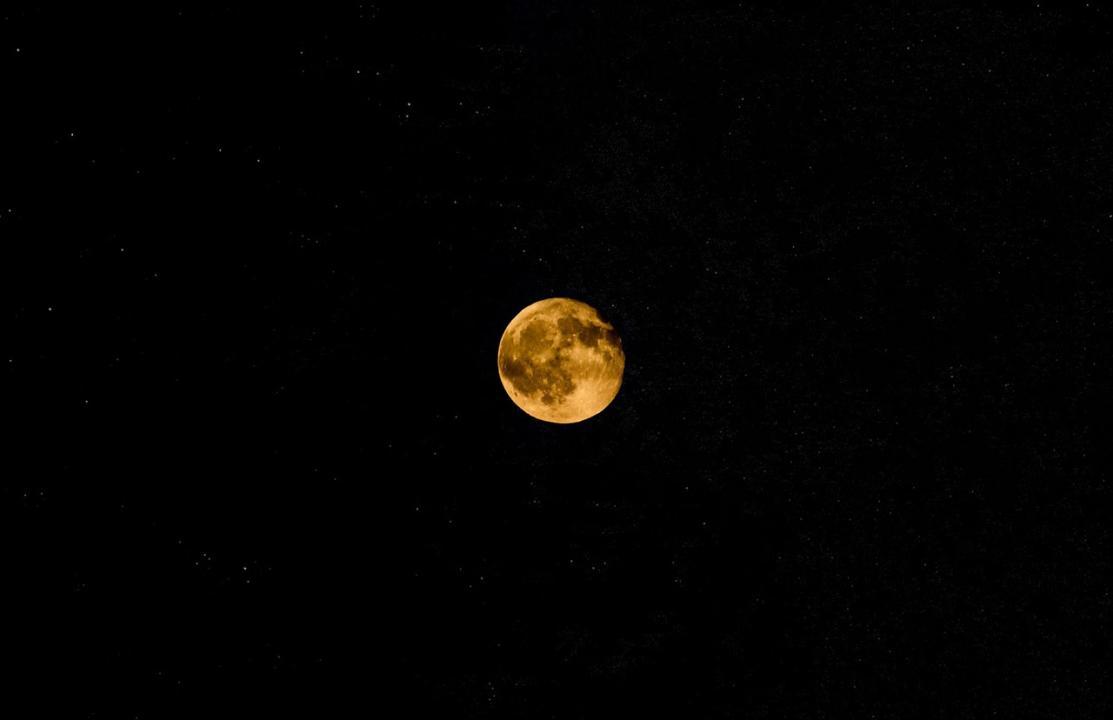Lunar eclipse 2024: Also called Chandra Grahan, the Lunar Eclipse will coincide with the Holi in India on March 25

Representational Image. Pic/Pixabay
The world is all set to witness the first Lunar Eclipse in 2024. Also called Chandra Grahan, the Lunar Eclipse will coincide with the Holi in India on March 25. This lunar eclipse will start from 10.23 am in the morning and will last till 03.02 pm. The penumbral lunar eclipse will not be visible from India.
The celestial ballet that the Earth, moon, and sun perform never fails to captivate our imagination. Among the many mesmerising events in this dance is the lunar eclipse, a phenomenon that has inspired awe and wonder since ancient times. When the Earth aligns perfectly between the sun and the moon, it casts a shadow on the lunar surface, resulting in a lunar eclipse. However, not all lunar eclipses are created equal. There are several distinct types, each with its own unique characteristics and visual spectacle.
Lunar eclipse 2024: Total Lunar Eclipse
A total lunar eclipse is perhaps the most dramatic and visually stunning of all lunar eclipses. During this phenomenon, the Earth completely blocks the sunlight from reaching the moon, casting it into shadow. What ensues is a breathtaking transformation as the moon gradually darkens, taking on a deep red or coppery hue, often referred to as the "blood moon." This striking coloration is caused by the scattering of sunlight through the Earth's atmosphere, with shorter wavelengths of light being filtered out, leaving behind longer wavelengths in the red spectrum. Total lunar eclipses can last for several hours, providing ample time for observers to marvel at this celestial spectacle.
Lunar eclipse 2024: Partial Lunar Eclipse
Unlike a total lunar eclipse, where the moon is entirely engulfed in Earth's shadow, a partial lunar eclipse occurs when only a portion of the moon passes through the Earth's umbral shadow. During this event, observers can witness a gradual dimming of the moon as it moves deeper into the Earth's shadow, but it never disappears entirely. Partial lunar eclipses offer a captivating display of celestial geometry, showcasing the interplay between the sun, Earth, and moon.
Lunar eclipse 2024: Penumbral Lunar Eclipse
While not as visually striking as total or partial eclipses, penumbral lunar eclipses are still noteworthy astronomical events. In a penumbral eclipse, the moon passes through the outer edge of the Earth's shadow, known as the penumbra. This results in a subtle darkening of the moon's surface, often barely perceptible to the naked eye. Instead of the dramatic coloration seen in total eclipses, the moon may appear slightly dimmer or take on a faint grayish hue during a penumbral eclipse. Despite their subtle nature, penumbral lunar eclipses offer astronomers and enthusiasts alike an opportunity to observe the intricate mechanics of celestial motion.
Lunar eclipse 2024: Appulse Lunar Eclipse
Appulse lunar eclipses occur when the moon and Earth are in near-perfect alignment, but the moon does not quite enter the Earth's shadow. Instead, it passes very close to the edge of the Earth's shadow, resulting in a slight, almost imperceptible darkening of the moon's surface. While not technically a true eclipse, these events are still noteworthy for their close celestial conjunctions and can provide observers with a glimpse of the intricate dynamics at play in our solar system.
Lunar eclipse 2024: Conclusion
Lunar eclipses are celestial phenomena that have fascinated humanity for millennia, inspiring myths, legends, and scientific inquiry. From the dramatic spectacle of a total eclipse to the subtle dimming of a penumbral eclipse, each type offers a unique glimpse into the mechanics of our solar system. Whether observed with the naked eye or through telescopes and cameras, lunar eclipses continue to remind us of the beauty and complexity of the cosmos, inviting us to gaze skyward in wonder and awe.
 Subscribe today by clicking the link and stay updated with the latest news!" Click here!
Subscribe today by clicking the link and stay updated with the latest news!" Click here!










